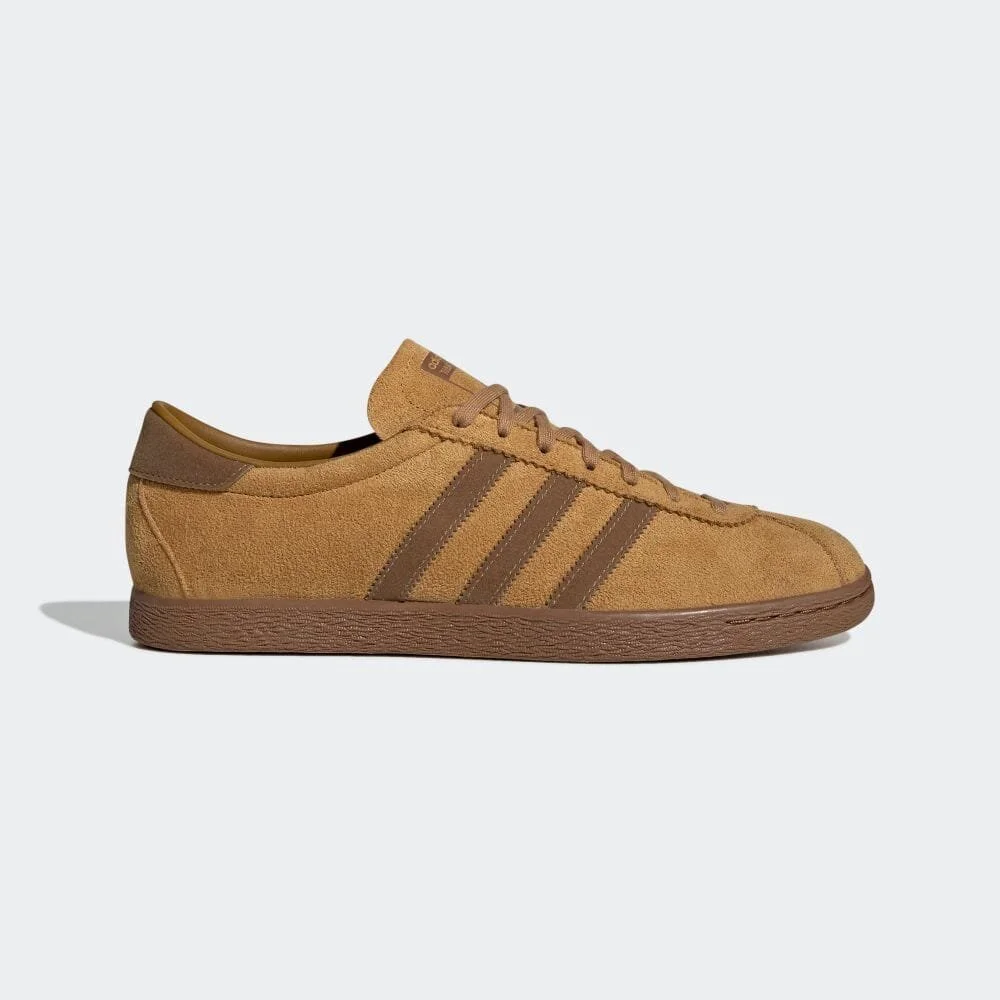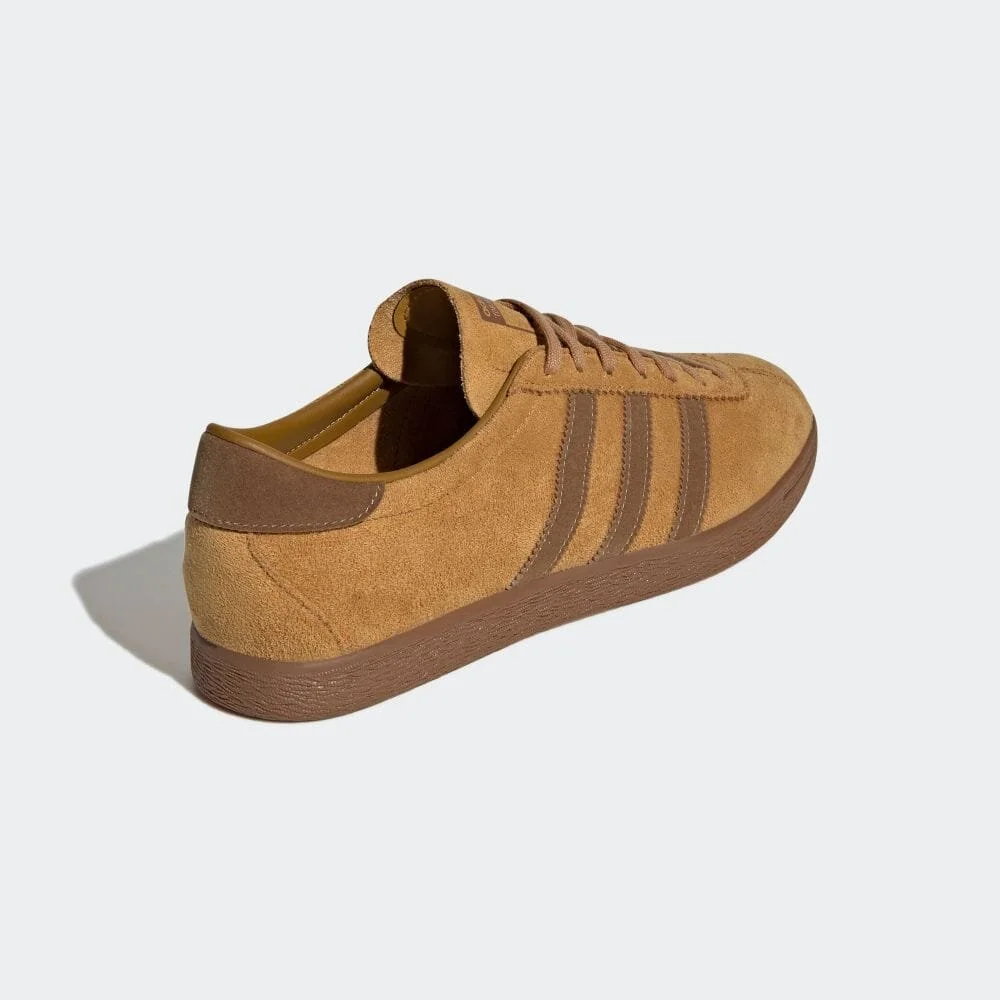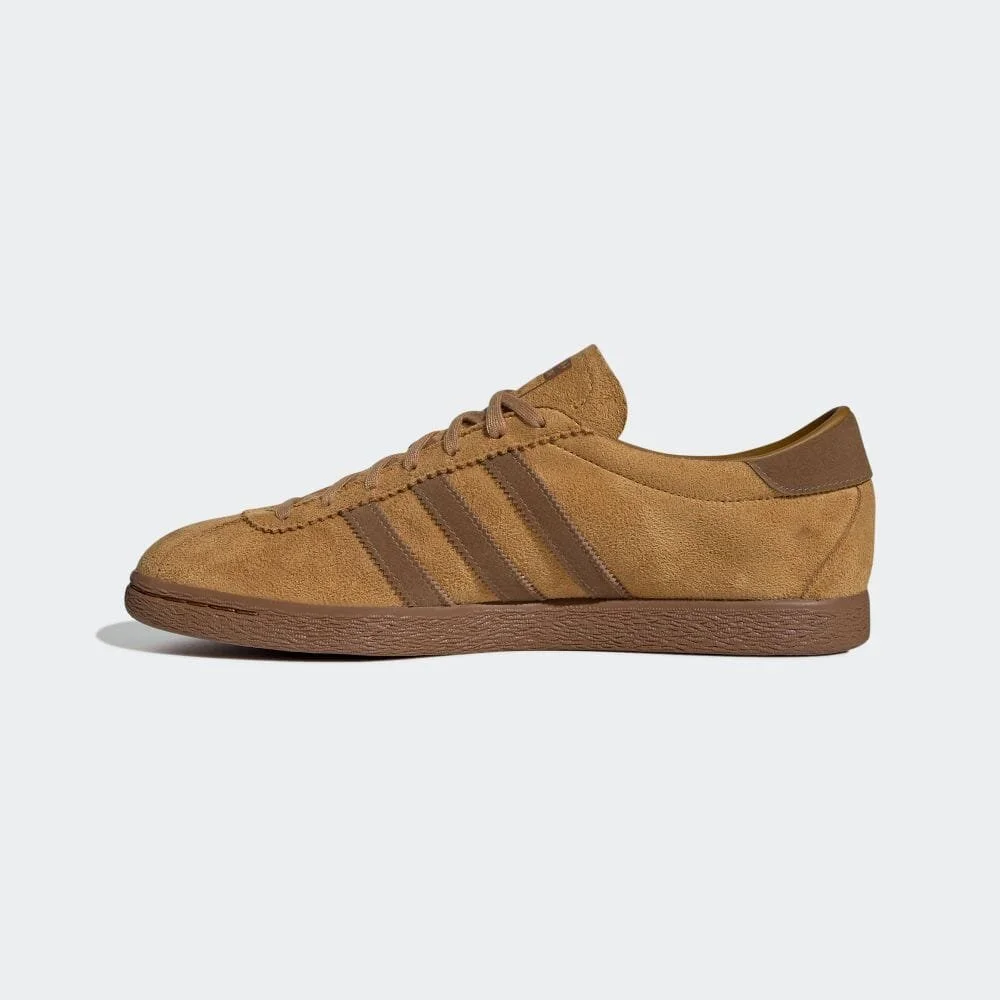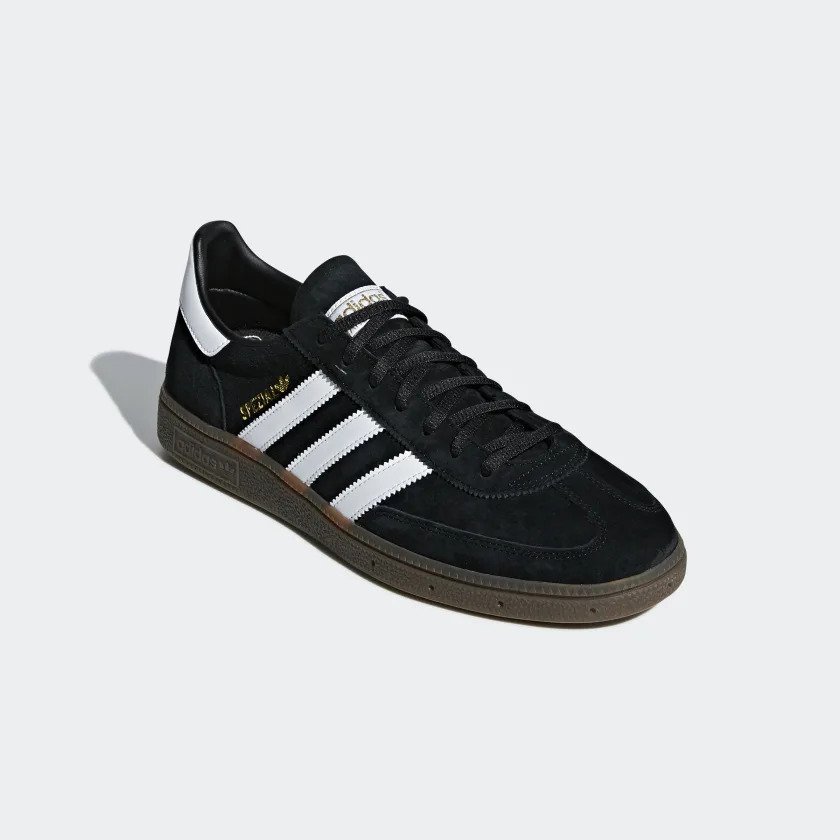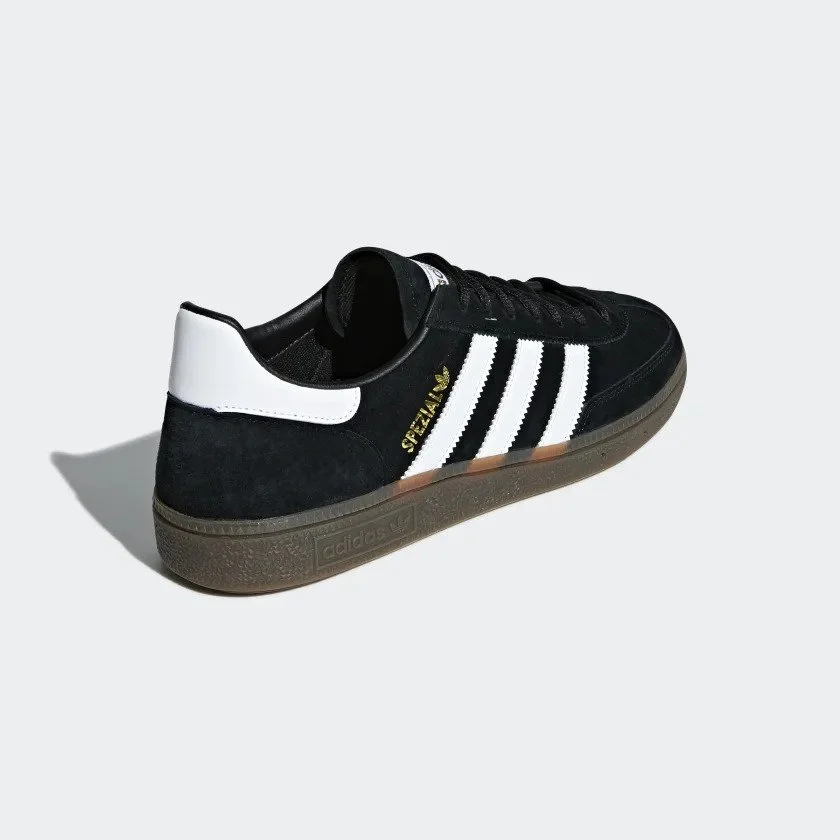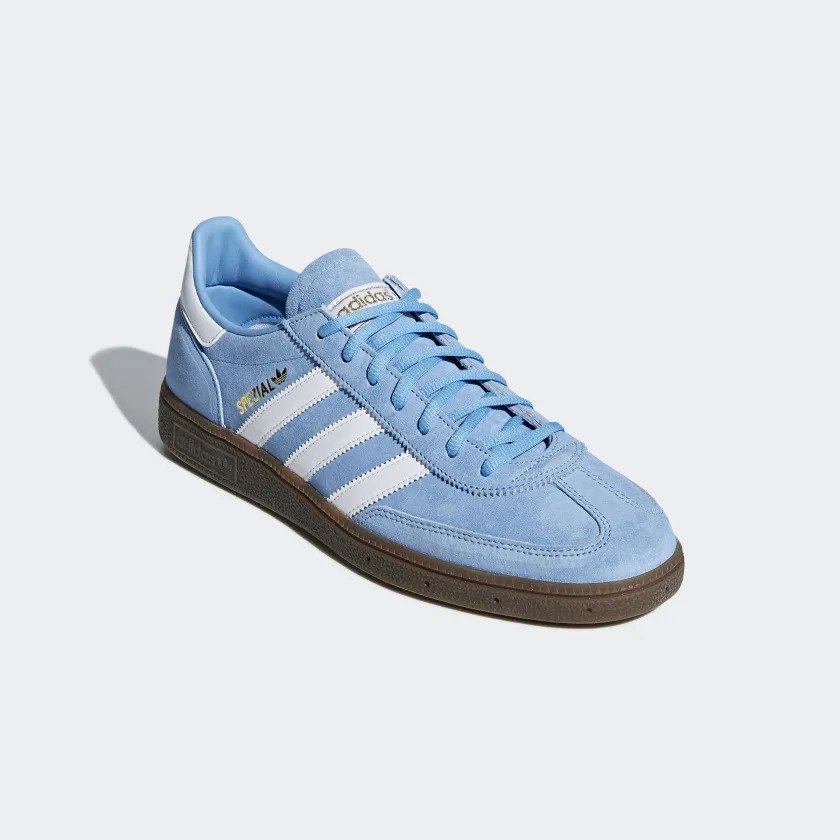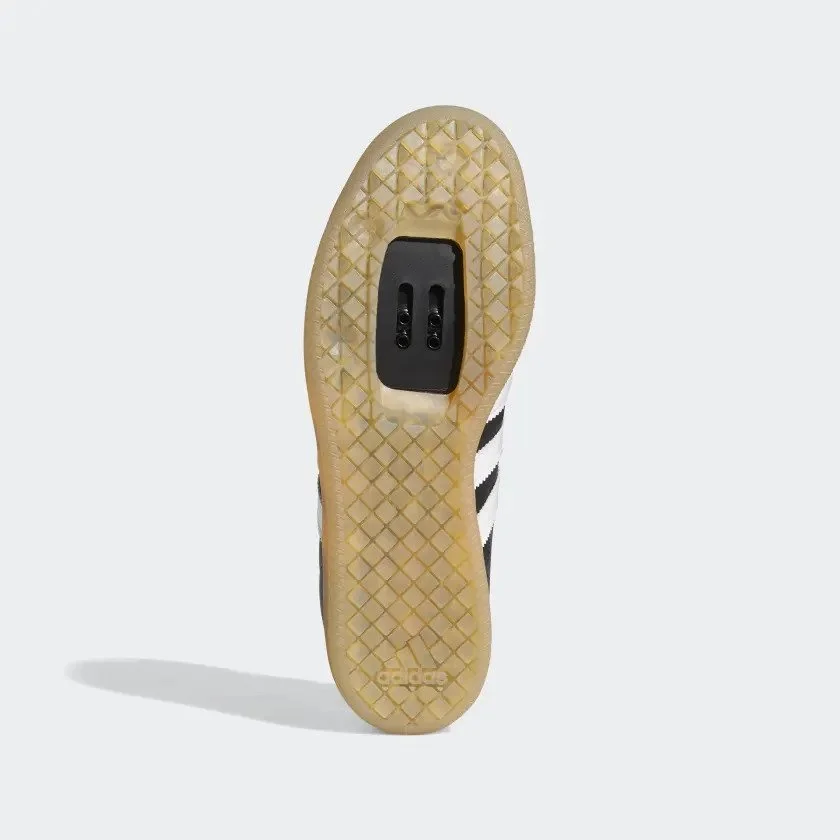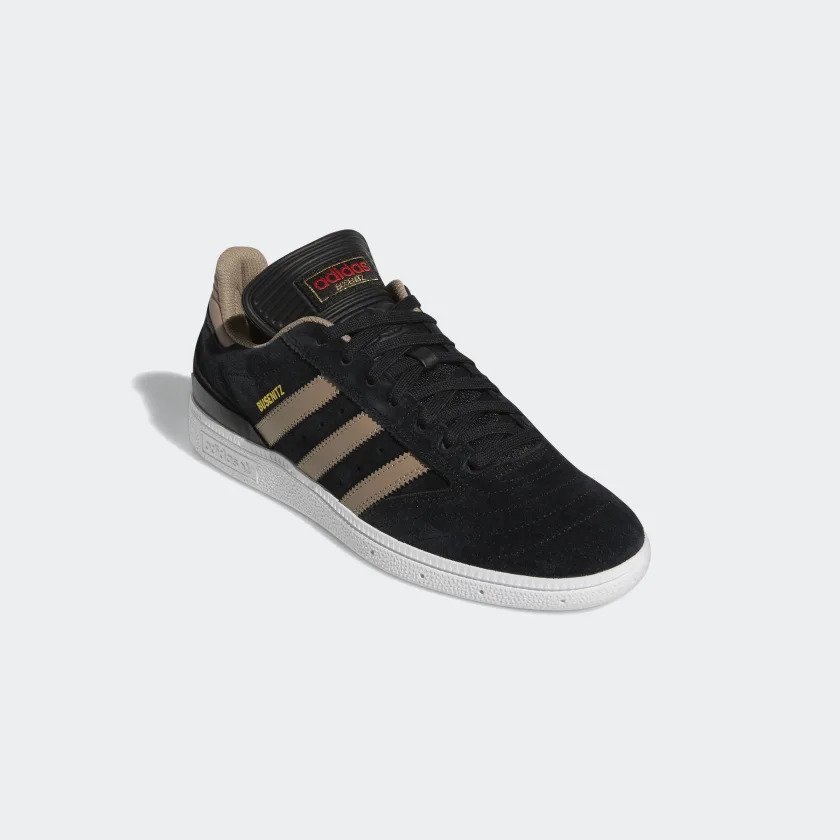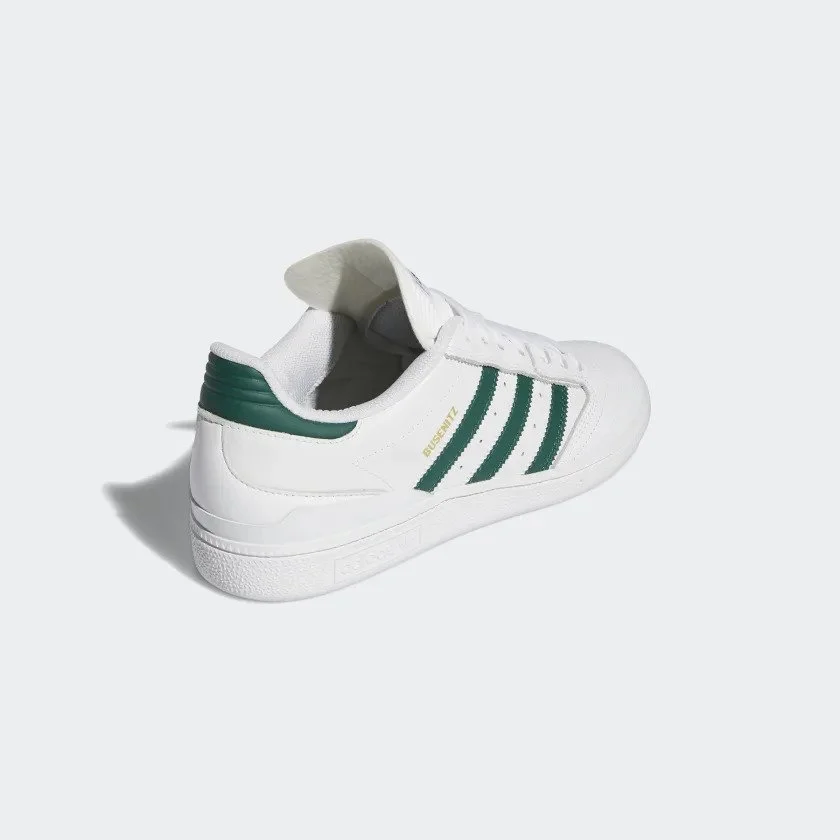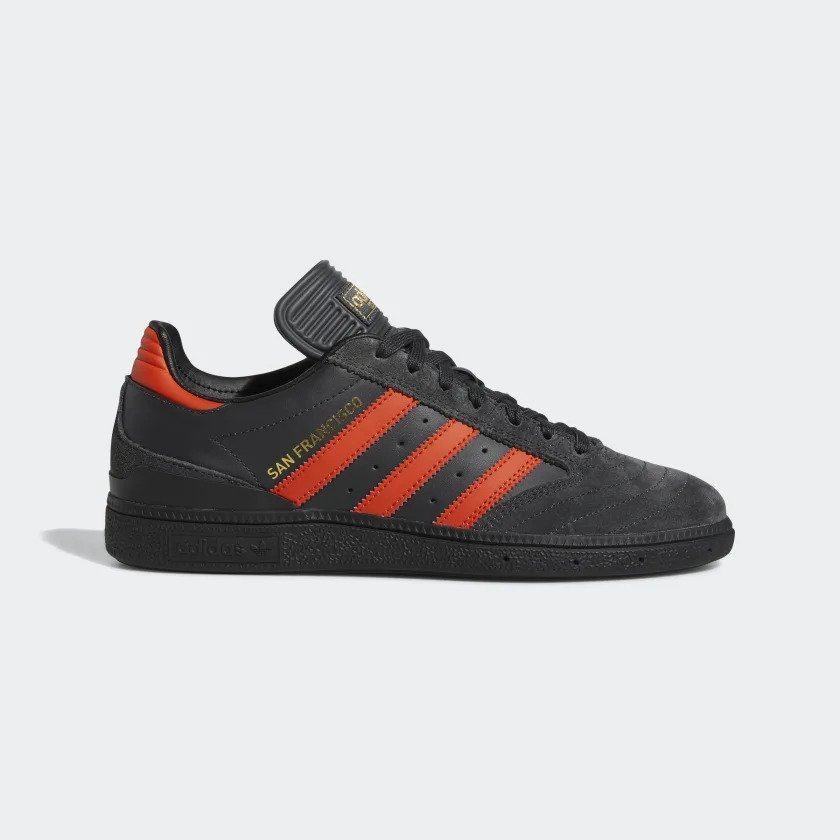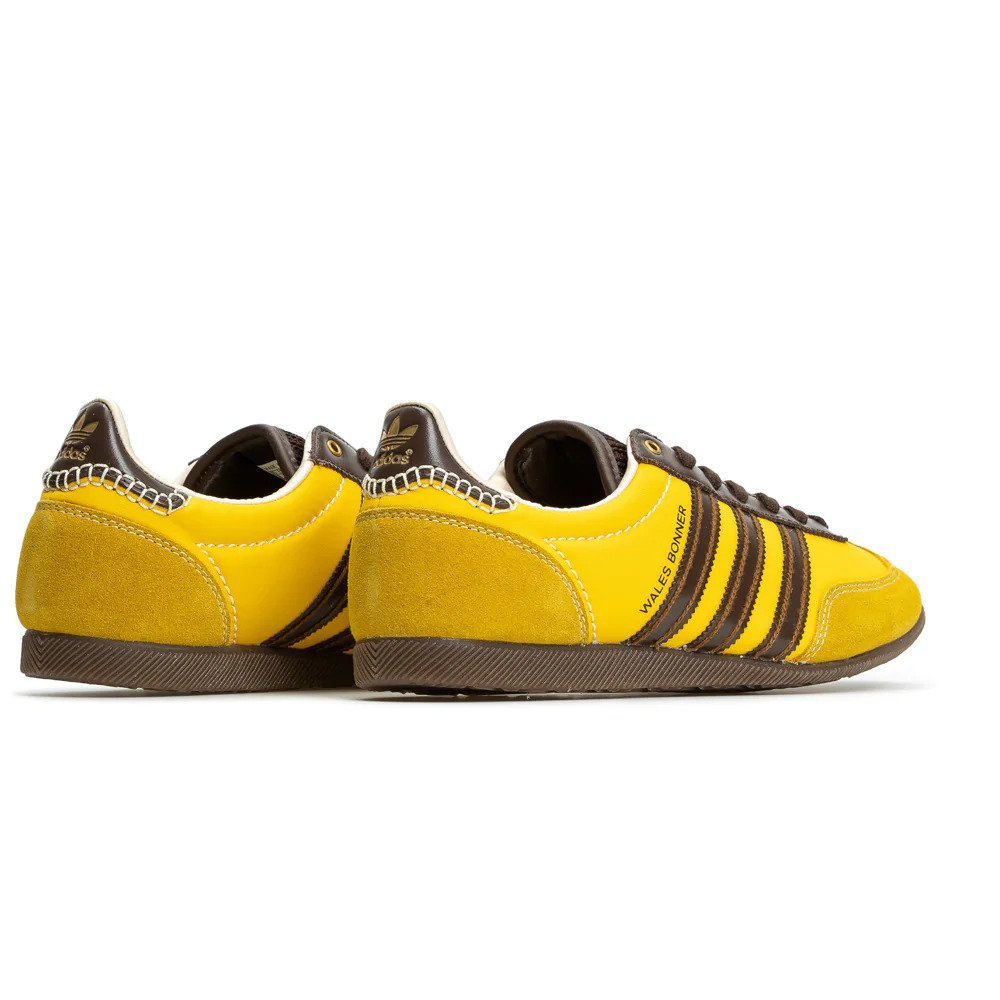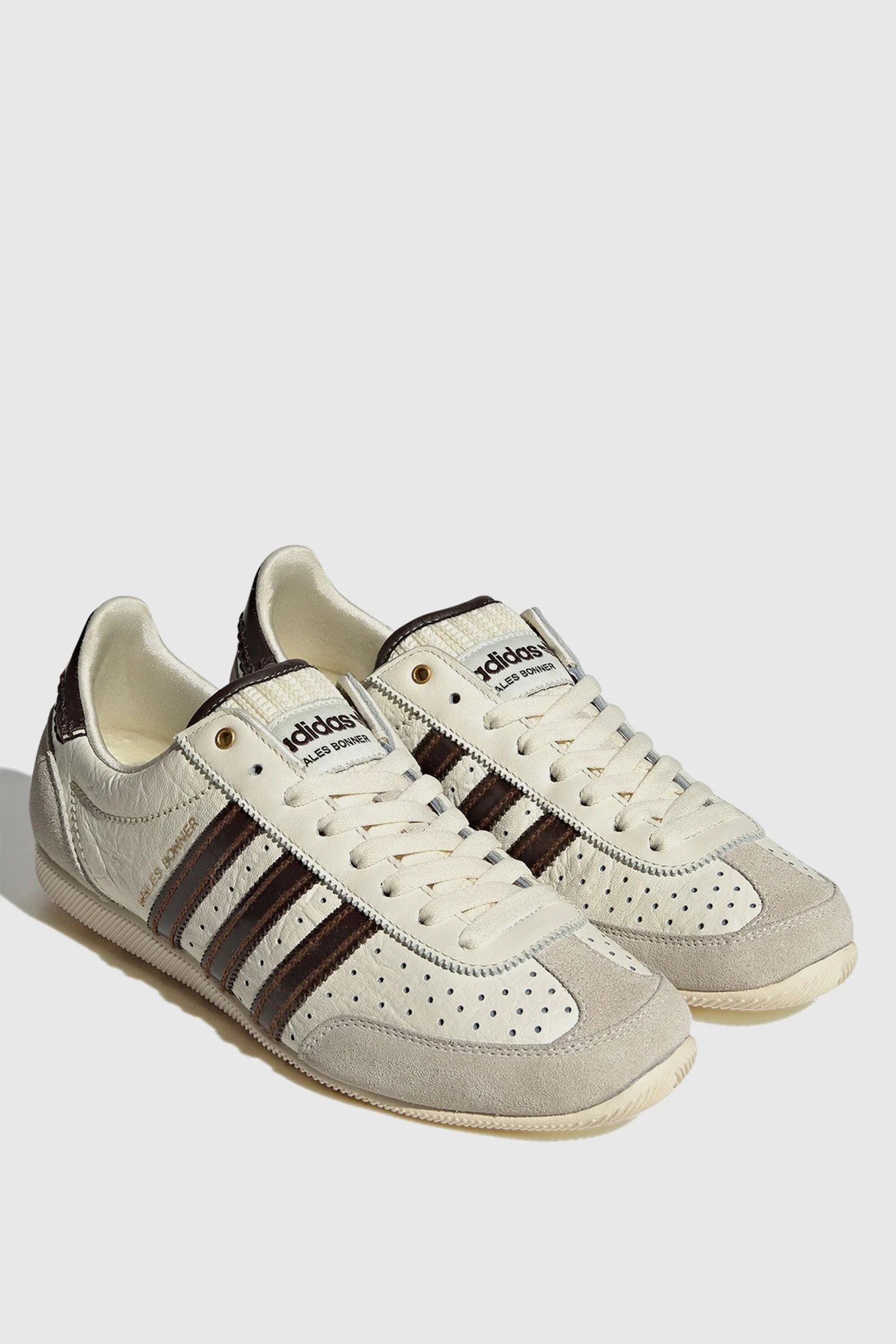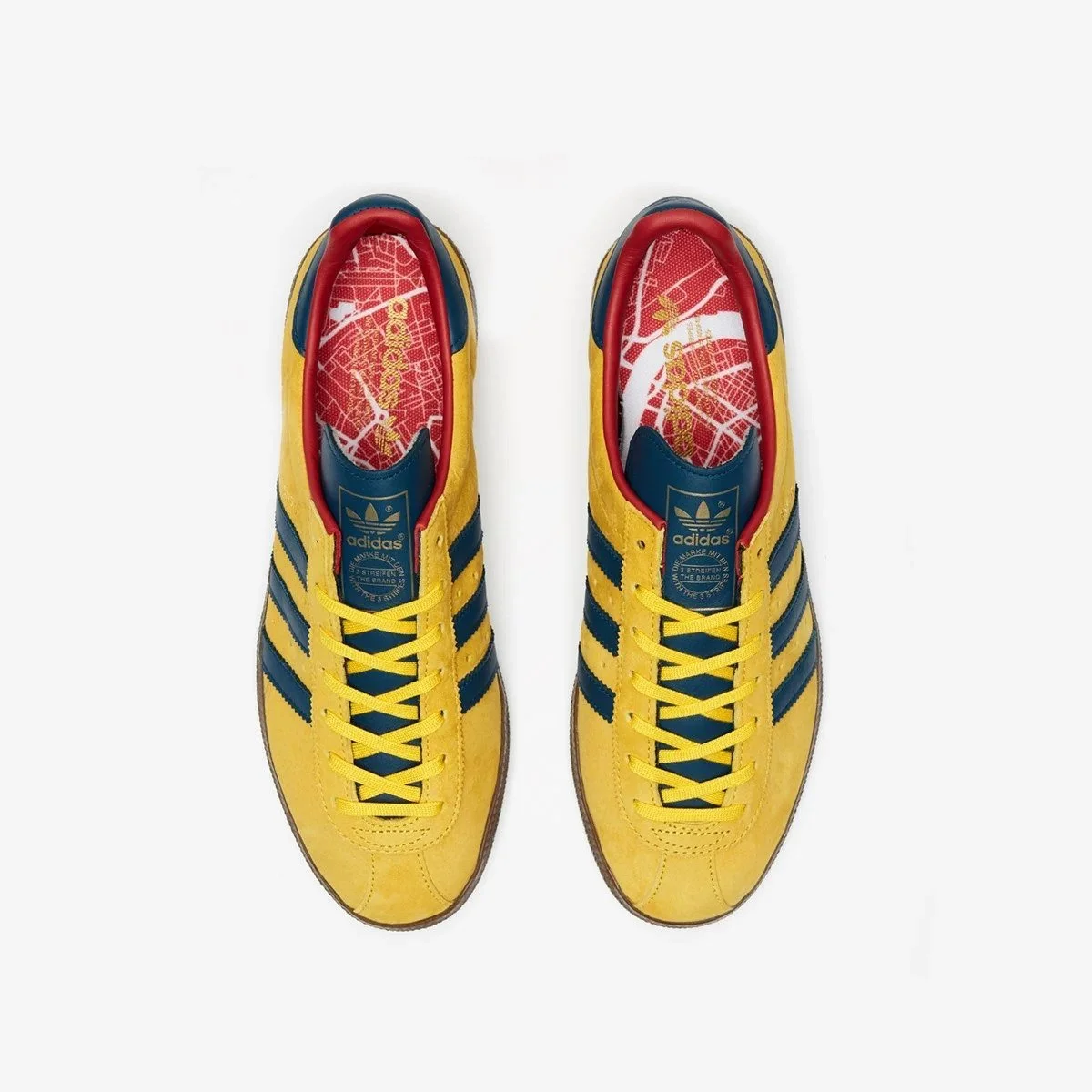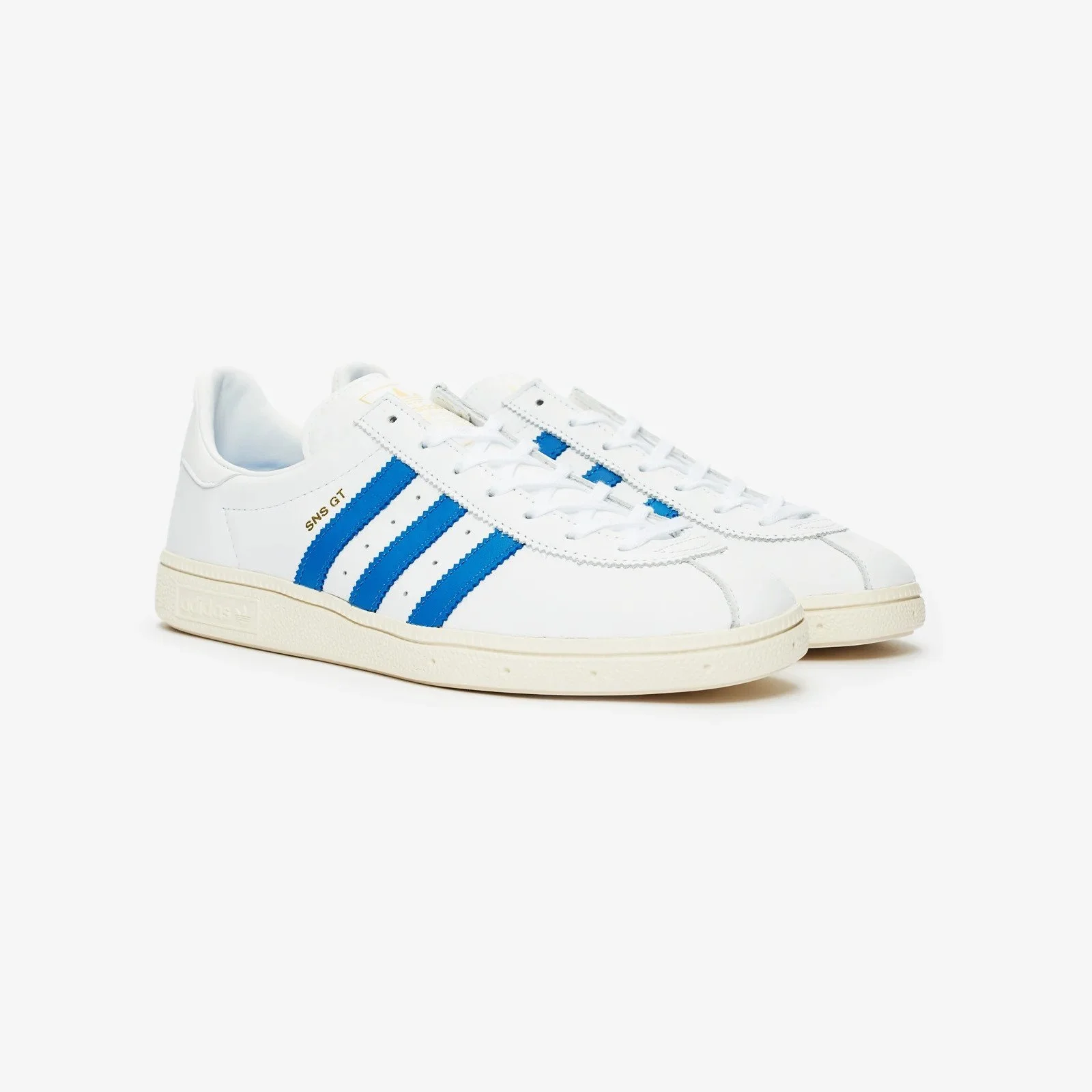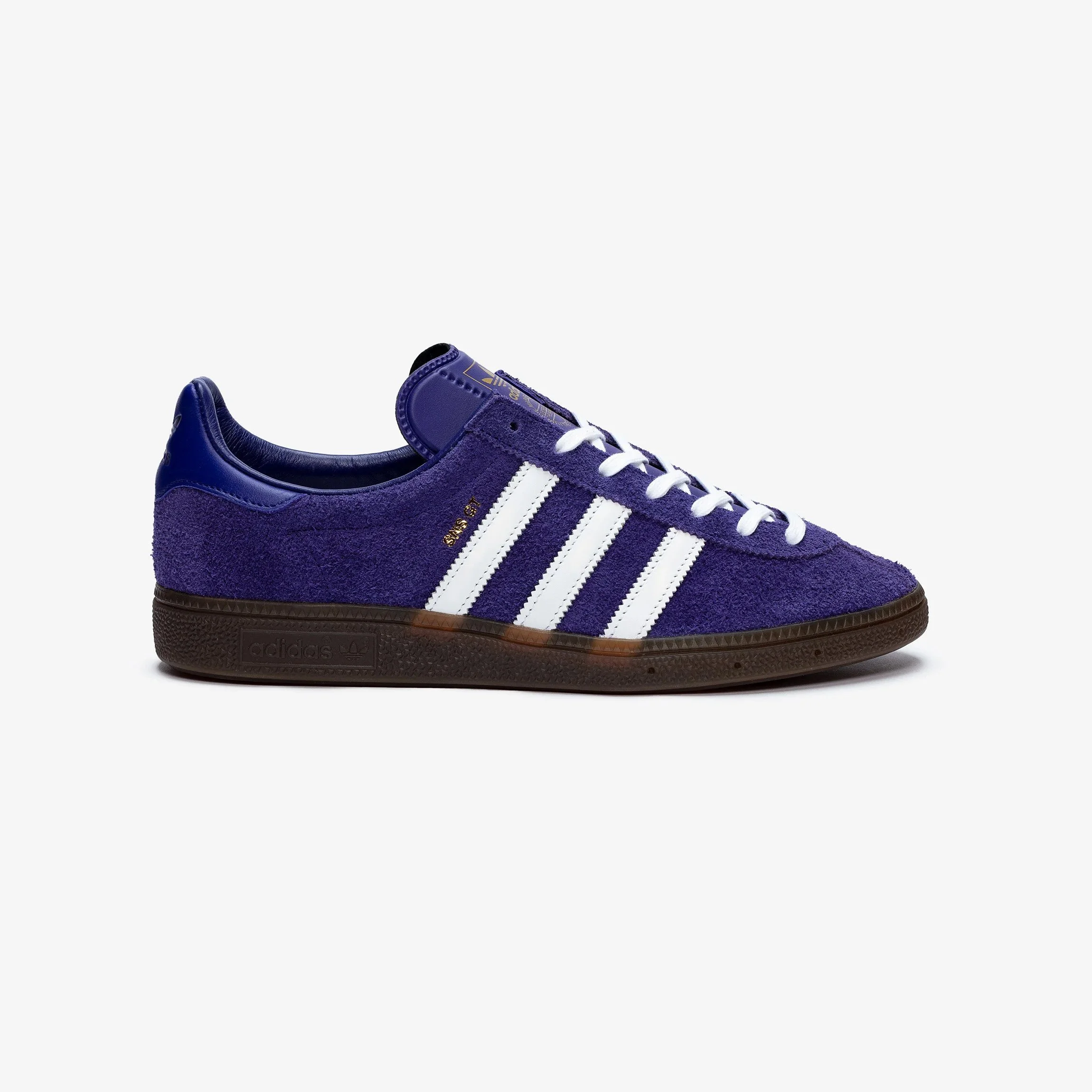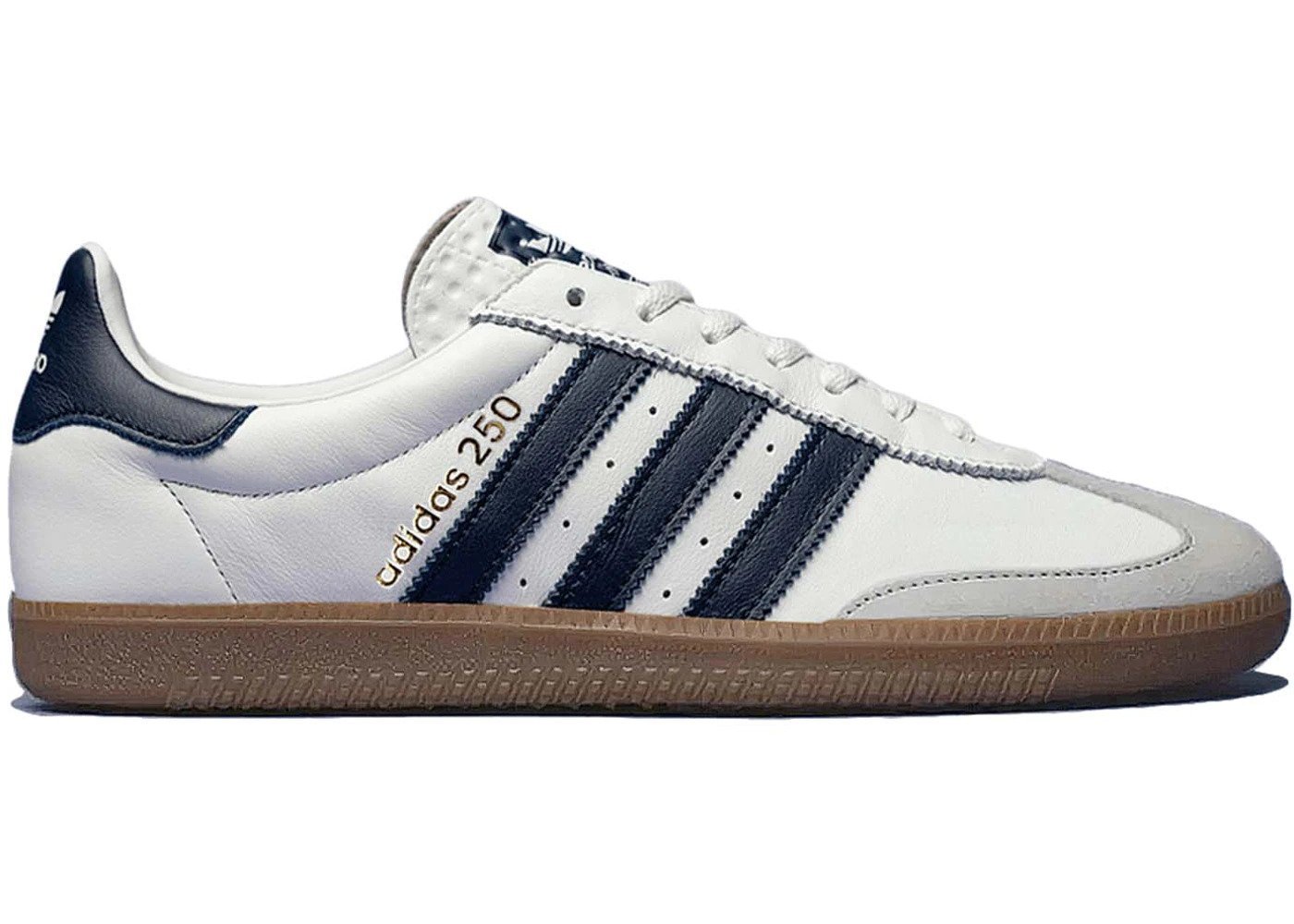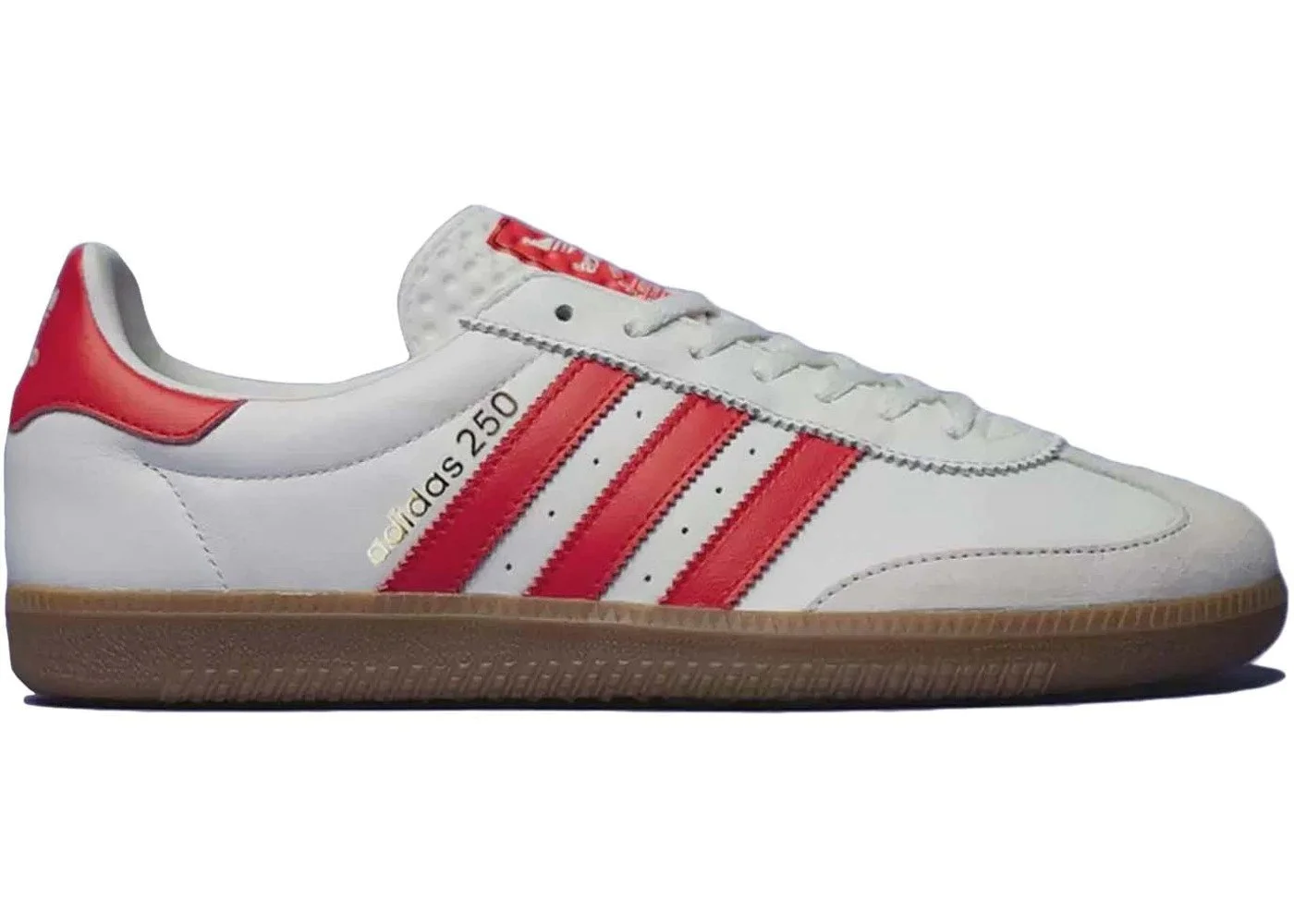12 Alternatives For The Adidas Samba
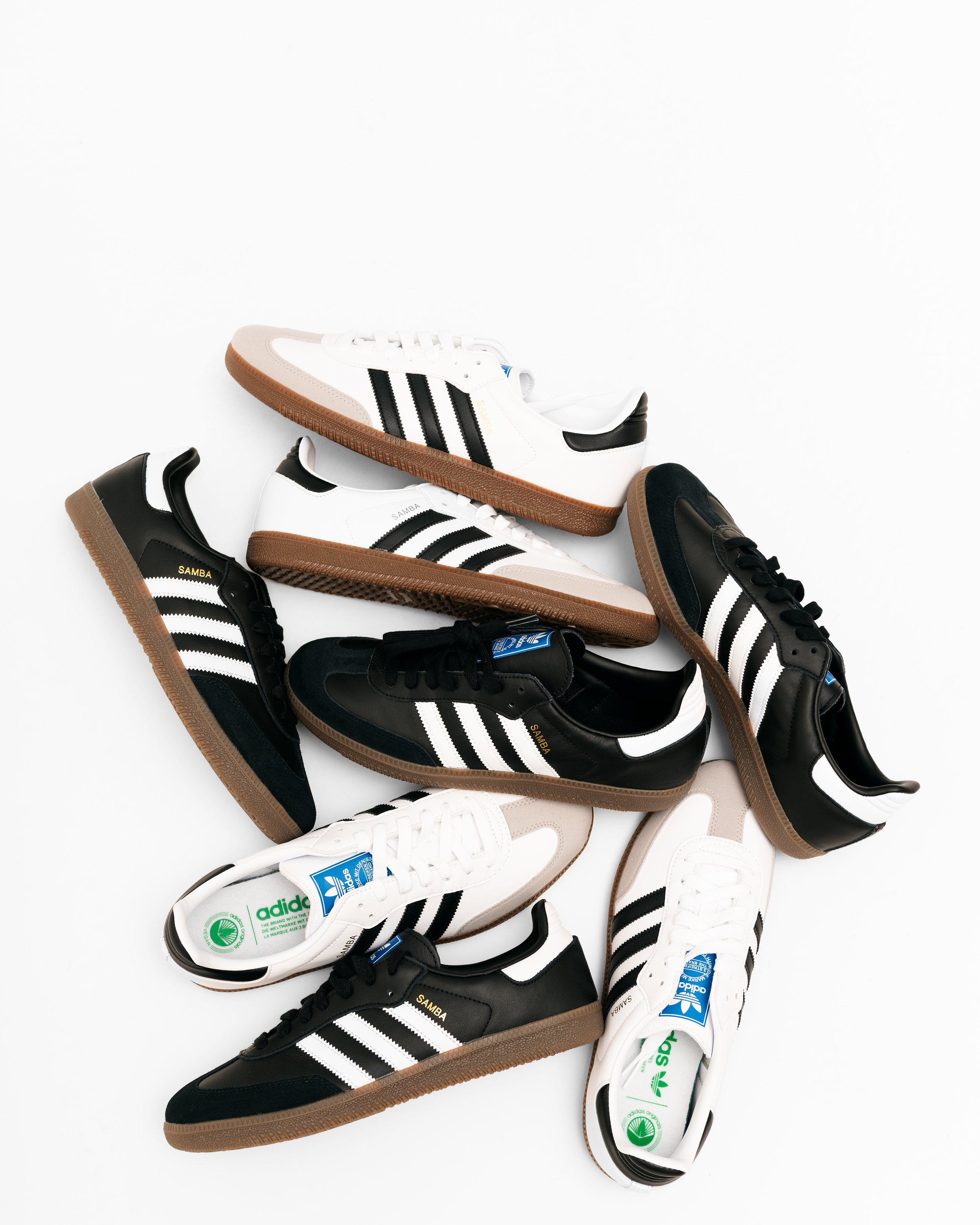
The timeless adidas Samba is set to be the silhouette of summer undergoing rapid a resurgence in popularity, despite it being one of adidas’ OG designs.
The Sabukaru team have been observing various sneakerheads and tastemakers across the social spectrum grazing the Samba, perhaps as a nod to the nostalgia of the days of simpler sneaker designs in contrast to the hyper-luxe trends of today. However, one thing is clear: Both reasons are a testament to the Samba’s timeless appeal.
Original colourways of the Samba
First introduced in 1949, the Samba began its life as a training shoe for footballers and wanna-be footballers alike to use indoors and on hard surfaces. In the 80s the shoe became iconic within the terrace scene, arguably the first wave of sneakerheads in Europe. Now, or at least over the past few years, the silhouette has made a comeback as a tasteful sneaker for everyday purposes.
Bob Marley practicing in a pair of Samba’s
However, due to its recent popularity, the Samba, a general release shoe and the second best selling shoe in adidas history is now quite difficult to buy. Here in Japan, the OG Samba in the classic black or white colourways can be spotted in resell platforms going for almost double their retail value. We predict that the hard-to-get factor surrounding the Samba is something likely to continue as the summer months approach.
The Adidas Super Samba featured in Trainspotting
On account of this, the Sabukaru team introduces a list of alternatives for the Samba. Each of the following models possess a timeless quality [like that of the Samba] while retaining a charm of their own. Best of all, they are still relatively easily obtainable through traditional retailers.
Tobacco
Introduced by Adidas in the late 70s, the Tobacco is called so because of the brown colourway of the original release. Having the classic T-toe and gum sole, the Tobacco is often branded as a more mature and ‘grown-up’ sneaker. Upon its release in 1978, the shoe was also strongly marketed more as a leisure-oriented sneaker as compared to the running-focused the brand focused on during those times.
KOYO BEAR NIMBLE
We know this doesn’t look like an adidas, but we couldn’t help but place our close friends Koyo Bear in this list too. Equally as much of a legend as the German footwear giant, Koyo Bear is a love letter to Japanese ping pong legend Ichiro Ogimura. We recently took a deep dive into their legacy in a recent article because we fell in love with their story, and now with their upcoming release of the Sharpman Nimble, they look to release yet another future classic that bridges the gap between fashion and performance. You will not find another shoe as rich in history as this one.
Gazelle
One of the most important and recognizable among the roster of shoes Adidas has released over the decades, the Gazelle remains one of the most principal designs prevalent in subculture scenes all over the world. Introduced by Adidas in 1966, the Gazelle remains important for terrace and casuals in support of the many football clubs spread across Europe to the emerging musicians of the 80s hip-hop scene of the American east coast.
Handball Spezial
Perhaps one of the most similar in silhouette to the Samba, the Handball Spezial, commonly referred to simply as just the Spezial, is arguably even more of a terrace icon compared to the Samba. This can be seen in it being an inspiration behind Gary Aspden’s aptly named Spezial line, who went on calling the cult shoe one of Adidas’ most consistent silhouettes and shouting out its importance in working-class British youth cultures.
Munchen
Part of Adidas’ ‘City Series’, the Munchen of course draws its names from one of Germany’s biggest cities. This heritage of it being part of the ‘City Series’ line also means it has its parallels with the Samba’s pedigree within the casual scene. Of course, the Munchen also comes with the same timeless design language too, including the famous ‘T-toe’ design and the classic gum sole.
Hamburg
Originally released in 1982 as a continuation of the ‘City Series’, the Adidas Hamburg is, [much like a majority of the shoes released in that legendary pack] a classic within casual and terrace subcultures. The Hamburg was perhaps one of the most easily recognisable pairs with its translucent and hollowed-out midsole. The simple approach and design language the Hamburg had made it somewhat of a hit in the 80s where athletic sneaker designs were increasingly becoming more and more technical.
Velosamba
For the cycling-minded, the Velosamba, provides a near-identical silhouette to the model it's based on, with the added feature of being able to be used with clipless [SPD] pedals on your bicycle.
Busenitz
Pro model of long-time Adidas Skateboarding team member Dennis Busenitz, the Busenitz is arguably one of the most recognizable skate shoes the marque with three stripes has ever produced. The silhouette took considerable design inspiration from Adidas’ indoor sports shoes and even some cues from one of the original variations of the Samba itself with its extra-long tongue.
Adidas BW Army
Based on trainers which the Dassler brothers were originally commissioned to manufacture for the Bundeswehr, the German Army Trainer, commonly abbreviated to the GAT, is perhaps the grandfather for some of the pairs featured on this list in terms of shoe design, and was also a direct influence on how the Samba itself came to be designed. Ironically, this shoe being one of the most historic designs has also one of the most clouded and confusing history, with the originator of the design still unknown between the two brothers.
Wales Bonner Japan
Based on the Adidas Japan, which was released by the brand in honour of the 1964 Summer Olympic Games that took place in Tokyo. The Japan was one of the few silhouettes chosen by British designer Grace Wales Bonner for her collaboration with Adidas, the understated colour schemes she chose alongside the low-profile design of the Japan silhouette makes this a particularly interesting one for the frequent Adidas collaborator.
SNS GT
A line of collaborations between Sweden’s very own Sneakersnstuff and Adidas, the SNS GT, like some of the shoes on this list here that were part of the ‘City Series’ have also been based on the cities around the world such as Stockholm, Paris, and London. The design language of the SNS GT also takes many cues from classic Adidas indoor shoes which, alongside the city-based naming scheme, automatically provides a terrace vibe to the shoes.
Adidas AS250
Nearly identical in appearance to the Samba, the Adidas AS250 was an 80s trainer with a design language that took heavy inspiration from prior Adidas models like the Universal and the aforementioned Samba. The shoe was primarily released in Japan. While it also enjoyed a substantial release in the Netherlands, it seems that only Japan got the full release of all five colourways. The AS250 was recently re-released by longtime providers of Adidas trainers, size? in two subtle colourways.
Adidas Copa Nationale Millennium
As Adidas themselves described, the shoe’s motto is ‘Indoor Football meets Skate’, The Copa Nationale Millennium takes its inspiration from the Samba Millennium, an indoor football shoe released in the early 2000s as a technologically-updated take on the classic Samba silhouette. This time, Adidas Skateboarding has reinterpreted the Samba Millennium onto the Copa Nationale, a functional and modern skate shoe, in all its white leather, black stripes, and gum sole glory.
Text by: Avian Massie

